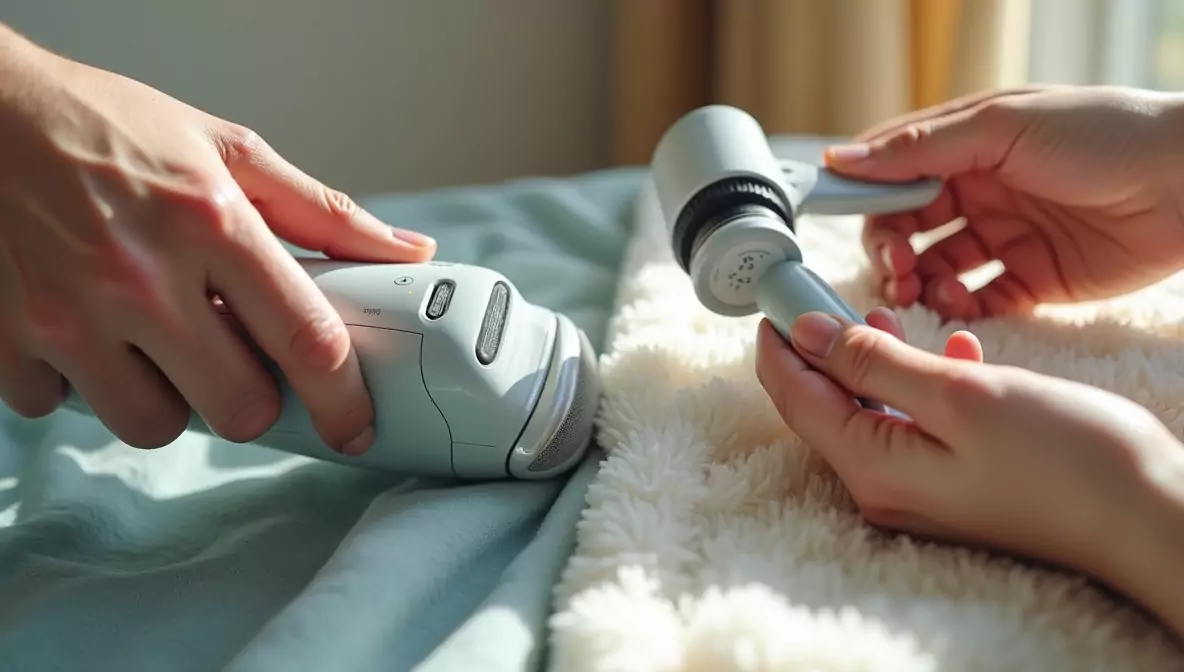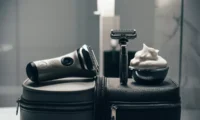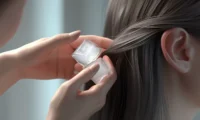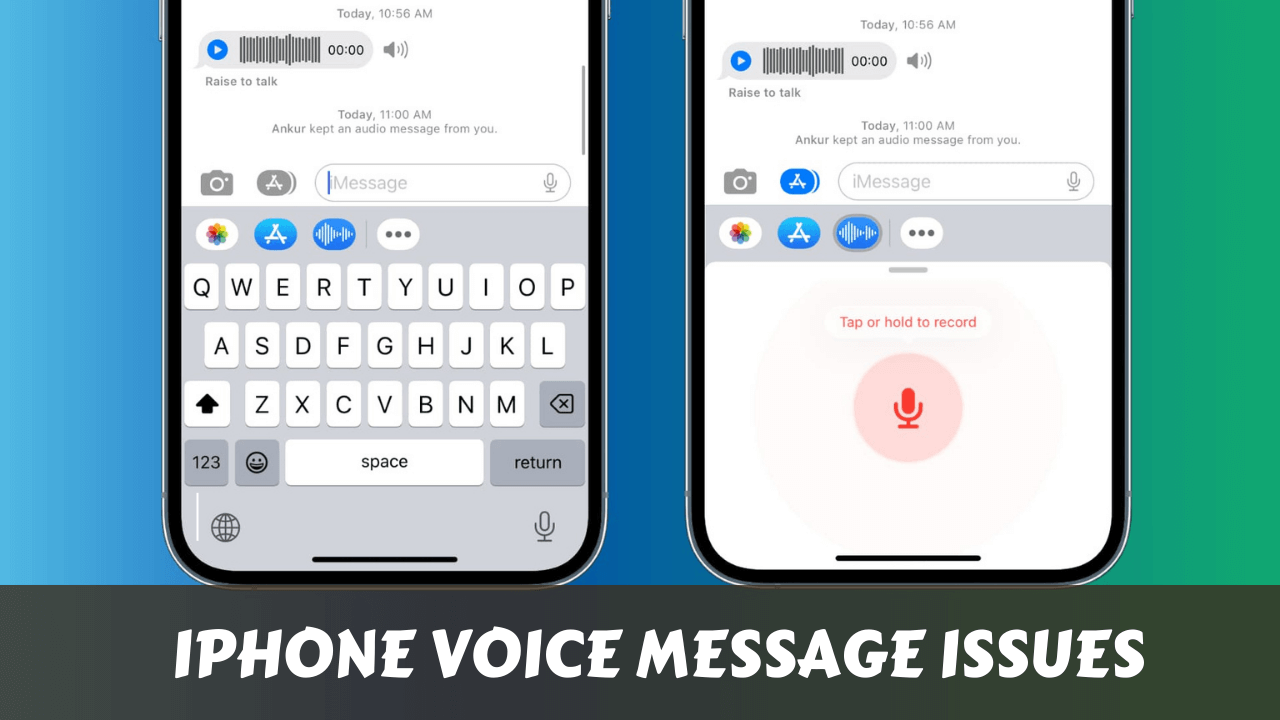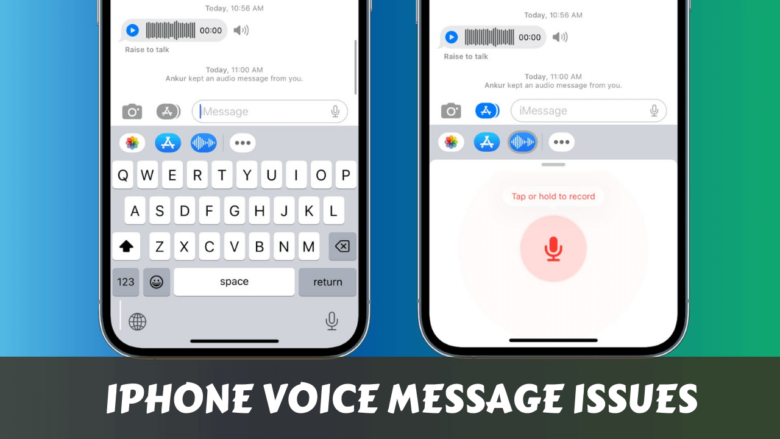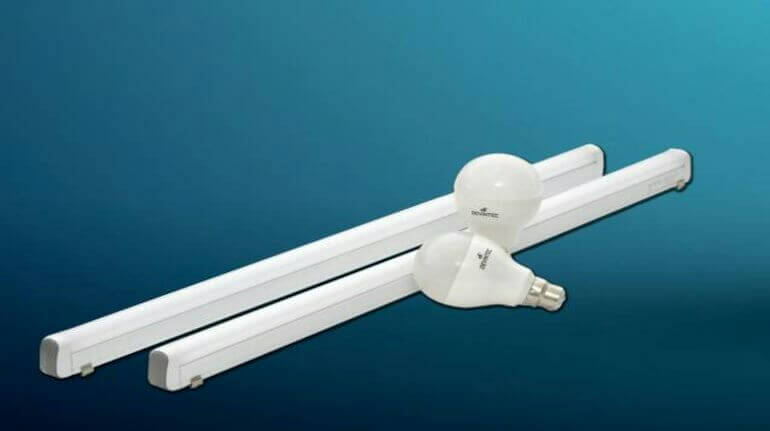Fabric shavers use rotating blades to cut pills and fuzz from fabric surfaces, making them ideal for deep cleaning and restoring worn clothes. Lint rollers use sticky sheets to quickly pick up surface lint, dust, and pet hair. For deep fabric restoration, choose a fabric shaver. For daily quick cleanups, use a lint roller. Most households benefit from having both tools.
- The Battle Between Two Essential Clothing Care Tools
- How Fabric Shavers Work
- 💖 You Might Also Like
- How Lint Rollers Work
- Fabric Shaver vs Lint Roller – Quick Comparison Table
- Which One Cleans Clothes Better?
- ✨ More Stories for You
- When to Use a Fabric Shaver
- When to Use a Lint Roller
- Pros and Cons of Fabric Shavers
- 🌟 Don't Miss These Posts
- Pros and Cons of Lint Rollers
- Detailed Buying Guide for Fabric Care Tools
- What to Look for in a Fabric Shaver
- What to Look for in a Lint Roller
- Final Verdict: Which Should You Choose?
- Frequently Asked Questions (FAQs)
- Is a fabric shaver safe for all fabrics?
- Does lint roller remove pilling?
- Which lasts longer – fabric shaver or lint roller?
- Is electric or manual fabric shaver better?
- What is the best tool to remove pet hair from clothes?
The Battle Between Two Essential Clothing Care Tools
Ever pulled your favorite sweater from the closet only to find it covered in unsightly pills and fuzz? Or maybe you’re constantly battling pet hair that clings to everything you wear? You’re not alone. Millions of people struggle daily with keeping their clothes looking fresh and presentable.
The solution often comes down to two popular tools: fabric shavers and lint rollers. But which one actually cleans clothes better? Which should you invest in for your wardrobe needs?
In this detailed comparison, we’ll break down how each tool works, what they’re best suited for, and help you decide which one (or both!) deserves a spot in your laundry arsenal. Whether you’re dealing with heavy pilling on woolen sweaters or just need a quick touch-up before heading out, this guide has you covered.
Looking for smart savings on home essentials? Check out the best credit card offers here to earn cashback on all your household purchases.
How Fabric Shavers Work

A fabric shaver works by using rotating blades to gently cut and remove pills, fuzz, and bobbles from the fabric surface without damaging the underlying material.
Think of it as a tiny lawn mower for your clothes. The device features small, precisely engineered blades that spin rapidly behind a protective guard. As you glide the shaver over your garment, these blades catch and slice away the unwanted pills and fuzz balls that make your clothes look old and worn.
Fabric shavers come in two main varieties: electric and manual. Electric fabric shavers are battery-powered or rechargeable, offering consistent power and faster results. They’re perfect for tackling large areas like blankets, coats, and upholstered furniture. Manual fabric shavers require you to provide the power through hand motion, making them more portable and quieter, though they take more effort.
The key benefits of fabric shavers include their ability to deeply restore fabric texture, their reusability (one device lasts for years), and their effectiveness on thick materials like wool, cashmere, and fleece. Unlike lint rollers that only address surface debris, fabric shavers actually improve the fabric’s appearance by removing the damaged fibers causing the pilling.
Most quality electric fabric removers feature adjustable height settings, allowing you to customize the blade depth for different fabric types. This prevents accidental damage to delicate materials while maximizing effectiveness on sturdier textiles.
Explore best-rated fabric shavers on Amazon here.
💖 You Might Also Like
How Lint Rollers Work

A lint roller uses adhesive sheets wrapped around a roller to quickly pick up lint, pet hair, dust, and surface debris from clothing and fabrics.
The concept is beautifully simple: sticky paper removes whatever it touches. You roll the device over your clothes, and the adhesive surface grabs loose particles, leaving your garment clean. Once a sheet becomes full of debris, you peel it away to reveal a fresh sticky layer underneath.
Lint rollers come in disposable and reusable varieties. Disposable lint rollers are the most common, featuring tear-away sheets that you discard after use. They’re convenient and hygienic but require ongoing replacement of sheets. Reusable silicone lint rollers have emerged as an eco-friendly alternative, featuring a washable sticky surface that regains its tackiness after rinsing with water.
The main advantages of lint rollers include their speed (they work in seconds), portability (easily fits in purses or desk drawers), and safety (no blades means no risk of fabric damage). They’re particularly effective for quick touch-ups before meetings, removing pet hair from dark clothing, and handling surface lint on dress pants and jackets.
Travel-size lint rollers have become essential accessories for professionals and pet owners who need reliable clothing care on the go. Their compact design makes them perfect for keeping in your car, office, or travel bag.
Browse top lint rollers for clothes and pets here.
Fabric Shaver vs Lint Roller – Quick Comparison Table
| Feature | Fabric Shaver | Lint Roller |
|---|---|---|
| Cleaning Depth | Deep cleaning, removes embedded pills | Surface cleaning only |
| Best For | Pilling, bobbles, fabric restoration | Lint, dust, pet hair, quick touch-ups |
| Surface Type | Works on thick fabrics, upholstery, blankets | Best on smooth, flat surfaces |
| Reusability | Long-term (years with proper care) | Disposable sheets need replacement |
| Pet Hair Performance | Moderate (works but slower) | Excellent for quick pet hair removal |
| Price Range | $10-$40 for quality devices | $3-$15 for disposable; $10-$25 reusable |
| Maintenance | Clean blade compartment, empty debris | Replace sheets or wash reusable surface |
| Safety on Delicates | Requires careful use, adjustable settings | Very safe, no risk of damage |
| Speed of Use | Slower, requires multiple passes | Very fast, instant results |
| Long-term Cost | Lower (one-time purchase) | Higher (ongoing sheet replacement) |
Which One Cleans Clothes Better?
For deep cleaning and fabric restoration, fabric shavers clean clothes better by removing embedded pills and restoring texture. For quick daily cleaning and pet hair removal, lint rollers clean more efficiently. The best choice depends on your specific cleaning needs.
If your primary concern is rejuvenating old sweaters, removing stubborn pilling from wool coats, or restoring the appearance of worn upholstery, a fabric shaver delivers superior results. It addresses the root cause of fabric deterioration by cutting away damaged fibers.
However, if you need lightning-fast touch-ups before leaving the house, battle constant pet hair accumulation, or maintain crisp dress clothes, a lint roller is unbeatable for surface cleaning. It won’t fix pilling, but it excels at what it’s designed for: rapid removal of loose particles.
The truth is, most clothing care enthusiasts and professional cleaners keep both tools on hand. They serve complementary purposes rather than competing ones. Use your fabric shaver monthly or seasonally for deep maintenance, and keep a lint roller handy for daily quick fixes.
Shop fabric shavers here and browse lint rollers here to equip yourself with both essential tools.
✨ More Stories for You
When to Use a Fabric Shaver

- Sweaters with heavy pilling – Wool, cashmere, and cotton-blend sweaters develop pills after repeated wear and washing. A fabric shaver removes these bobbles to restore the garment’s original smooth appearance.
- Old clothes losing texture – That favorite cardigan or hoodie that’s looking tired and fuzzy can be brought back to life with a thorough fabric shaving session.
- Woolens and winterwear – Heavy winter coats, scarves, and fleece jackets accumulate pills over the season. Shave them at season’s end before storage to maintain quality.
- Sofas, blankets, and upholstery – Fabric shavers work wonders on furniture, throw blankets, and cushions that have developed surface fuzz from regular use.
- Deep fabric restoration – When you want to extend the life of quality garments and make them look nearly new again, a fabric shaver is your best investment.
- Smoothening out bobbles and pills – Any time you notice those annoying little balls forming on fabric surfaces, particularly in high-friction areas like underarms and between thighs.
- Pre-donation clothing preparation – Before donating gently used clothes, run a fabric shaver over them to ensure they look their best for their next owner.
The best fabric shaver for sweaters typically features adjustable blade heights and a wide shaving head for efficient coverage. Look for electric lint removers for clothes with strong battery life and easy-to-empty collection chambers.
Find the perfect fabric shaver for your needs here.
When to Use a Lint Roller

- Daily lint removal – Quick morning touch-ups on business attire, especially on darker colors where lint shows prominently.
- Clothes with pet hair – If you have dogs or cats, a lint roller is absolutely essential for removing fur from clothing before you leave the house.
- Black outfits before leaving home – Dark clothing attracts and displays every speck of lint and dust. A quick roll-over keeps you looking polished.
- Quick dust removal – Clothes that have been hanging in the closet often collect dust. A lint roller refreshes them instantly.
- Travel use – Compact lint rollers fit easily in luggage and keep your clothes presentable throughout your trip without taking up much space.
- Touch-ups before meetings – Keep a lint roller in your desk drawer or car for last-minute appearance fixes before important presentations or interviews.
- Removing crumbs and debris – After meals, quickly remove any food particles from your lap area without needing to change clothes.
For pet owners, look for extra sticky lint roller sheets designed specifically for stubborn pet hair. Professional-grade rollers often feature ergonomic handles for easier use and wider roller heads for faster coverage.
Shop the best lint rollers here.
Pros and Cons of Fabric Shavers
| Pros | Cons |
|---|---|
| Deeply removes pills and restores fabric texture | Slower than lint rollers for quick fixes |
| Long-term investment (lasts years) | Requires careful use on delicate fabrics |
| Works on upholstery, blankets, and furniture | Needs battery charging or replacement |
| Adjustable settings for different fabrics | Can potentially damage fabric if used incorrectly |
| Significantly extends garment life | Larger and less portable than lint rollers |
| More economical over time | Initial cost higher than lint rollers |
| Environmentally friendly (no disposables) | Requires periodic blade cleaning |
🌟 Don't Miss These Posts
Pros and Cons of Lint Rollers
| Pros | Cons |
|---|---|
| Extremely fast and convenient | Only cleans surface debris, doesn’t fix pilling |
| Safe on all fabrics including delicates | Ongoing cost of replacement sheets |
| Compact and highly portable | Disposable sheets create waste |
| No risk of fabric damage | Less effective on thick or textured fabrics |
| Perfect for pet hair removal | Can become less sticky in humid conditions |
| No batteries or charging needed | Reusable versions may not work as well |
| Inexpensive initial purchase | Not suitable for furniture or large areas |
Detailed Buying Guide for Fabric Care Tools
What to Look for in a Fabric Shaver

Motor power and blade quality – Electric fabric shavers with powerful motors (at least 3-5 watts) work more efficiently and handle tough pilling better. Stainless steel blades maintain sharpness longer than cheaper alternatives.
Adjustable height settings – Different fabrics require different blade depths. Look for shavers with at least two height settings to safely treat everything from thick wool to lighter cotton blends.
Protective safety guard – A quality protective mesh or honeycomb guard prevents the blades from directly touching the fabric, reducing the risk of cutting holes while still allowing effective pill removal.
Large debris collection chamber – Bigger chambers mean less frequent emptying during use. Transparent chambers let you see when they’re full without stopping your work.
Ergonomic design – Comfortable grip and reasonable weight make extended shaving sessions less tiring, especially when working on large items like sofas or multiple garments.
Battery life and charging options – Rechargeable shavers should offer at least 45-60 minutes of continuous use. Some models also work while plugged in, providing flexibility.
Blade replacement availability – Check if replacement blades are available and affordable. Some brands make proprietary blades that are difficult to source.
What to Look for in a Lint Roller

Adhesive strength and quality – The stickiness should be strong enough to grab stubborn pet hair but not so aggressive that it leaves residue on clothing.
Sheet size and count – Wider rollers cover more area faster. Check how many sheets come per roller – 60+ sheets offers better value.
Handle comfort and durability – Ergonomic handles with good grip reduce hand fatigue. Plastic handles should be sturdy enough to withstand regular use.
Reusability considerations – If choosing reusable silicone rollers, read reviews about how well the stickiness returns after washing and how many uses you can expect.
Portability features – Travel-size versions should include protective covers to keep the adhesive clean and prevent it from sticking to other items in your bag.
Refill availability – For disposable rollers, ensure replacement sheets are easy to find and reasonably priced at local stores or online.
Planning to shop more home-care tools? Use the right credit card to get cashback on your purchases. Compare the best cards here.
Final Verdict: Which Should You Choose?
For deep cleaning and restoring old clothes with pilling and fuzz, invest in a fabric shaver. For daily lint removal and quick pet hair touch-ups, keep a lint roller handy. Many households benefit from owning both tools for comprehensive clothing care.
Here’s the bottom line: these tools aren’t really competitors. They solve different problems.
Choose a fabric shaver if you want to extend the life of quality garments, deal with serious pilling issues, or maintain upholstered furniture. It’s a one-time investment that pays dividends by making your clothes look newer for longer.
Choose a lint roller if you need convenient daily maintenance, have pets, wear a lot of dark clothing, or want something portable for travel and office use. The ongoing cost of sheets is offset by the incredible convenience and speed.
For optimal clothing care, consider this strategy: invest in a good quality electric fabric shaver for monthly deep cleaning sessions on your wardrobe staples, and keep lint rollers strategically placed around your home (one by the door, one in your car, one at your desk) for those last-minute touch-ups.
Shop fabric shavers here | Shop lint rollers here
Frequently Asked Questions (FAQs)
Is a fabric shaver safe for all fabrics?
Fabric shavers are safe for most fabrics when used correctly, including wool, cashmere, cotton, and polyester blends. However, use caution on very delicate materials like silk, thin knits, and loosely woven fabrics. Always start with the lowest setting and test on an inconspicuous area first.
Does lint roller remove pilling?
No, lint rollers cannot remove pilling or fuzz balls from fabric. They only pick up loose surface debris like lint, dust, and hair. Pills are fibers that have tangled and attached to the fabric surface, requiring cutting action from a fabric shaver to remove them effectively.
Which lasts longer – fabric shaver or lint roller?
A quality fabric shaver lasts significantly longer, typically 3-5 years or more with proper care. Lint rollers with disposable sheets require constant replacement, though the handle itself is durable. Reusable silicone lint rollers can last 1-2 years but gradually lose effectiveness.
Is electric or manual fabric shaver better?
Electric fabric shavers are better for most users because they’re faster, more powerful, and require less physical effort. Manual shavers work well for small areas and travel but tire your hand quickly on larger projects. Choose electric unless you need maximum portability or very quiet operation.
What is the best tool to remove pet hair from clothes?
Lint rollers are the best tool for quick pet hair removal from clothes, especially extra-sticky varieties designed for pet hair. Fabric shavers can also remove pet hair but work more slowly. For heavy pet hair on furniture, consider rubber gloves or specialized pet hair removal tools.


